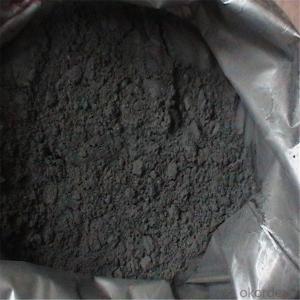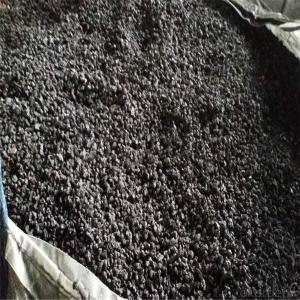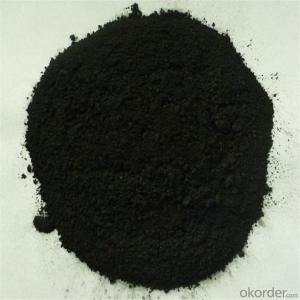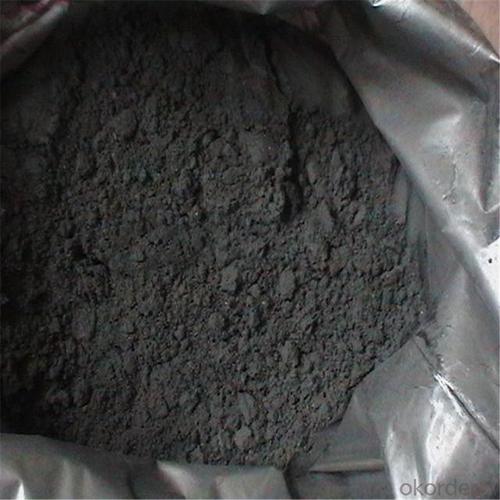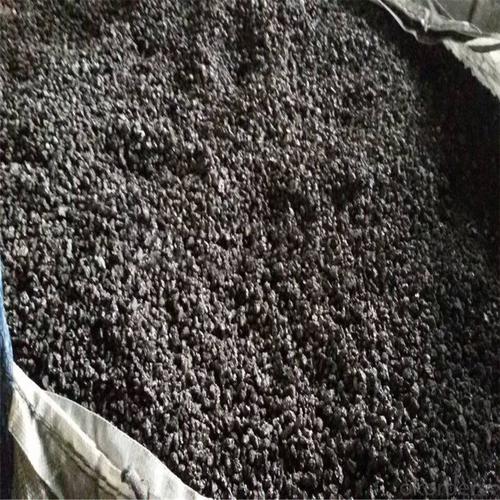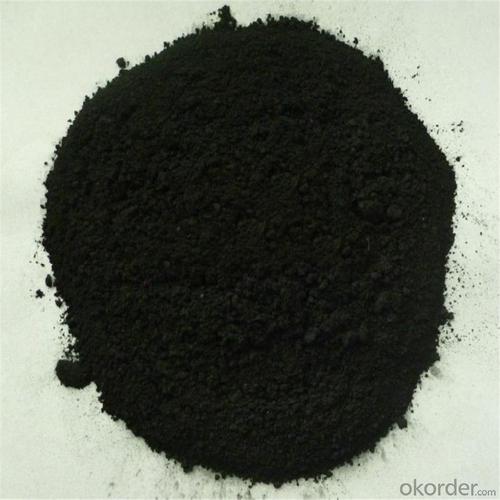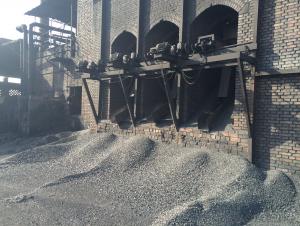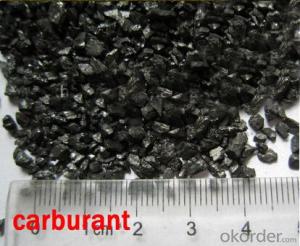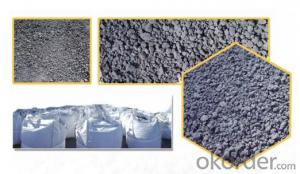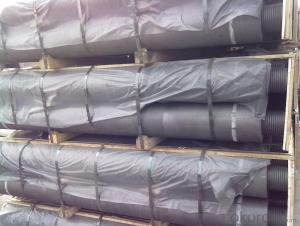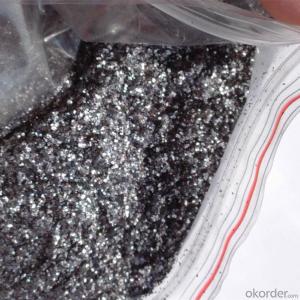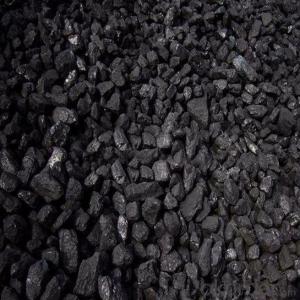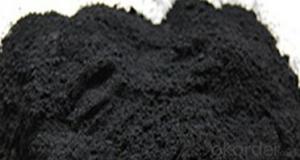Graphite carbon additive graphite recarburizer graphite powder
- Loading Port:
- Dalian
- Payment Terms:
- TT OR LC
- Min Order Qty:
- 10 m.t
- Supply Capability:
- 500000 m.t/month
OKorder Service Pledge
OKorder Financial Service
You Might Also Like
Specifications of graphite powder:
- 98%-99% graphite powder
- high fixed carbon
- low sulphur and nitrogen
- ten year experience in processing of graphite products
- Graphite powder / Graphite carburant
Graphite powder purposes:
- As non-metallic mineral resources, has important defense strategic role
- Can be used for high and new technical projects, is of great economic and social benefits
- Is the metallurgical industry refractory material
- Is the chemical industry all kinds of corrosion of vessels, general equipment of carbon products
- Light industry is in pencil, ink and the main raw material of artificial diamond
- Is the electrical industry production carbon electrode and electrode carbon rods, battery materials
Graphite powder data sheet:
Our carbon additive has the features of high carbon, low sulphur, nitrogen and harmful impurities. So it has been widely used for steel-smelting, casting, brake pedal and friction material. | |||||||
Data sheet | |||||||
Product No. | Fixed Carbon | Sulphur | Ash | Volatile Matter | Moisture | Particle Size | Nitrogen Content |
Min | Max | Max | Max | Max | 90% | Max | |
HY-CA-01 | 98.5% | 0.50% | 0.80% | 0.80% | 0.50% | 1-5MM | N/A |
HY-CA-02 | 99.00% | 0.30% | 0.50% | 0.50% | 0.50% | 1-5MM | 100PPM |
HY-CA-03 | 98.50% | 0.05% | 0.80% | 0.70% | 0.50% | 0.3-5MM | 300PPM |
HY-CA-04 | 95.00% | 0.30% | 3.50% | 1.50% | 0.50% | 1-4MM | 700PPM |
HY-CA-05 | 99.00% | 0.03% | 0.50% | 0.50% | 0.50% | 0.3-5MM | 300PPM |
HY-CA-06 | 80.00% | 0.10% | 16.50% | 3.50% | 2.00% | 1-5MM | N/A |
Remark:The above mentioned grain sizes are recommended standard, if your have special requirements, please feel free to contact us. | |||||||
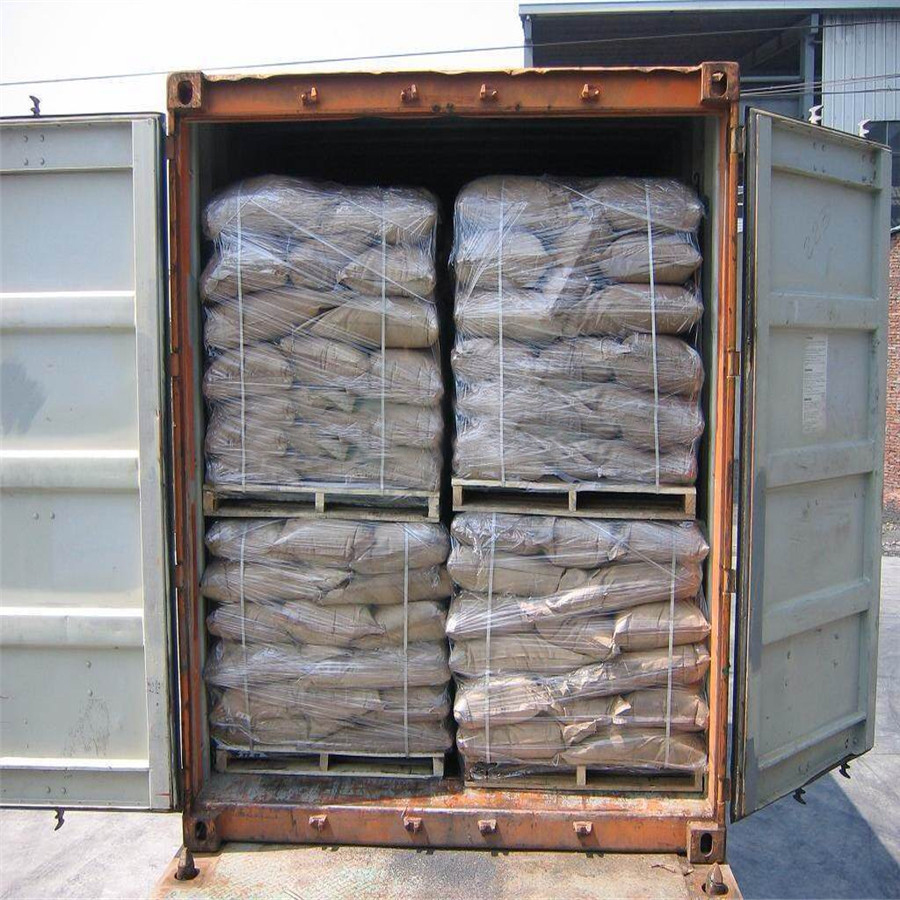
- Q: What are the advantages and disadvantages of carbon monoxide and carbon dioxide?
- Carbon monoxide is a common poison, but trace use is good for organ transplants. British researchers have recently developed a new method that can effectively use carbon monoxide to help transplant organs survive, while avoiding the risk of carbon monoxide poisoning. Excessive inhalation of carbon monoxide poisoning will lead to death, carbon monoxide into the human body, and soon the hemoglobin in blood combined with the formation of carboxyhemoglobin, causes red blood cells to reduce the oxygen carrying, the tissue hypoxia in vivo. The cardiac and central biblical system is the most sensitive to hypoxia and the earliest affected. In the air of carbon monoxide concentration reached 117 mg / M 3, people can feel headache, vertigo: up to 292.5 mg / M 3 symptoms; up to 582.5 mg / M 3 will be nausea and vomiting, exhaustion, if not timely rescue can have life risk. When the concentration of carbon monoxide in the air reaches 11700 mg / M 3, a coma occurs; the concentration of carbon monoxide in the air reaches 1170 mg / m. The 3 spoons will soon die. This is bad. But in organ transplant operations, the use of trace amounts of carbon monoxide helps dilate blood vessels and reduce inflammation, thereby increasing the survival rate of transplanted organs.
- Q: What are the challenges and opportunities of transitioning to a low-carbon economy?
- The challenges of transitioning to a low-carbon economy include the need for significant investments in renewable energy infrastructure, the potential loss of jobs in fossil fuel industries, and the complexity of implementing new policies and regulations. Additionally, there may be resistance from certain industries or regions that heavily rely on carbon-intensive practices. However, this transition also presents numerous opportunities. It allows for the development of sustainable and innovative industries, such as renewable energy technologies, electric vehicles, and energy-efficient buildings. It can create new job opportunities in these emerging sectors and stimulate economic growth. Moreover, transitioning to a low-carbon economy helps mitigate climate change, reduce air pollution, and improve public health, leading to a more sustainable and resilient future.
- Q: How does carbon affect the formation of air pollution in urban areas?
- Carbon does not directly affect the formation of air pollution in urban areas. However, carbon-based pollutants, such as carbon monoxide and carbon dioxide, which are released from the burning of fossil fuels, contribute significantly to air pollution in urban areas.
- Q: What is electrical carbon?
- Different uses have different varieties, according to the use of electric carbon varieties can be divided into:(1) sliding contact carbon brushes and carbon sliders for all kinds of motor brushes.(2) various carbon and graphite contacts used in high power switches, relays, etc..(3) with various carbon arc lighting, carbon arc gouging, spectral analysis and arc furnace.(4) all kinds of high purity graphite electrodes, insulation and supporting elements for electric vacuum devices.(5) various electrodes used in dry cells and electrolytic cells.(6) the resistance effect of carbon. Made of various resistance, post, communication with the microphone carbon sand, resistance heating elements etc..
- Q: How is carbon used in the production of rubber?
- Carbon is widely used in the production of rubber due to its unique properties and its ability to enhance the overall quality and performance of rubber products. Carbon black, a form of elemental carbon produced by the incomplete combustion of hydrocarbons, is a key component in rubber manufacturing. Carbon black is added to rubber formulations to improve its strength, durability, and resistance to wear and tear. It acts as a reinforcing agent, providing increased tensile strength and abrasion resistance to the rubber. Carbon black particles interlock with the rubber polymer chains, reinforcing the overall structure of the material and making it more resilient. Additionally, carbon black helps improve the conductivity of rubber, making it useful in applications where electrical conductivity is required. It also enhances the UV resistance of rubber, protecting it from degradation caused by sunlight exposure. Carbon black can also improve the coloration and appearance of rubber products, giving them a deep black color. Furthermore, carbon black can be used as a filler in rubber compounds, reducing the overall cost of production while maintaining or even improving the mechanical properties of the rubber. By replacing a portion of the more expensive rubber polymer with carbon black, manufacturers can achieve cost savings without sacrificing the desired performance characteristics of the rubber. Overall, carbon plays a crucial role in the production of rubber by enhancing its strength, durability, conductivity, UV resistance, and appearance. Without carbon, rubber products would not possess the desired properties necessary for their intended applications.
- Q: What is carbon neutral agriculture?
- Carbon neutral agriculture encompasses farming practices that strive to balance the amount of carbon released into the atmosphere with the amount of carbon sequestered or removed. Its objective is to adopt sustainable and environmentally friendly methods that minimize greenhouse gas emissions and promote the absorption of carbon dioxide from the atmosphere. There are several key practices involved in achieving carbon neutrality in agriculture. One of these practices involves reducing the usage of fossil fuels by implementing renewable energy sources, such as solar or wind power, for farm operations. This approach aids in diminishing emissions associated with machinery, equipment, and transportation. Another crucial aspect is the management of soil health and the enhancement of carbon sequestration. This can be accomplished via practices like cover cropping, crop rotation, and conservation tillage, which help augment organic matter in the soil. Consequently, this contributes to the storage of carbon. Furthermore, carbon neutral agriculture advocates for the use of organic fertilizers and natural pest control methods, thereby minimizing the necessity for synthetic chemicals that emit harmful greenhouse gases. Offsetting carbon emissions is another strategy employed in carbon neutral agriculture. This may involve the planting of trees on the farm or in nearby areas to absorb carbon dioxide from the atmosphere. Additionally, it can encompass participation in carbon credit programs, where farmers receive compensation for implementing sustainable practices that reduce emissions. In essence, carbon neutral agriculture adopts a comprehensive approach to minimize the carbon footprint of farming operations. By reducing emissions and maximizing carbon sequestration, it aids in mitigating climate change and promoting a more sustainable agricultural system.
- Q: What are the effects of carbon emissions on the stability of peatlands?
- Peatlands, composed of dead plants and mosses, are wetland ecosystems that act as important carbon sinks. However, the stability of these ecosystems is significantly impacted by carbon emissions, resulting in various environmental and ecological consequences. When carbon emissions, particularly from burning fossil fuels, are released into the atmosphere, they contribute to the overall increase in greenhouse gases like carbon dioxide (CO2) and methane (CH4). This increase in greenhouse gases leads to global warming and climate change, directly affecting peatlands. One primary consequence of carbon emissions on peatlands is the acceleration of peat decomposition. Global warming raises temperatures, increasing microbial activity in peatlands and speeding up the decomposition of organic matter. This process releases carbon dioxide and methane, further contributing to greenhouse gas emissions. It also causes peatlands to sink or subside, impacting their stability and contributing to land degradation. Furthermore, carbon emissions can change the hydrology of peatlands. Rising temperatures cause increased evaporation and reduced precipitation, resulting in drier conditions. This can cause the water tables to drop, inhibiting moss growth and the accumulation of new peat. As a result, peatlands become less effective at sequestering carbon and can even become sources of carbon emissions. The destabilization of peatlands due to carbon emissions has cascading effects on the entire ecosystem. Peatlands provide habitats for numerous unique and highly adapted plant and animal species. However, the drying and sinking of peatlands disrupt these ecosystems, leading to changes in species composition and distribution, as well as increased vulnerability to invasive species. Additionally, the release of carbon dioxide and methane from peatlands amplifies climate change. These greenhouse gases trap heat in the atmosphere, further warming the planet and exacerbating the cycle of peat decomposition and carbon emissions. In conclusion, carbon emissions have damaging effects on peatland stability, including accelerated peat decomposition, altered hydrology, and ecosystem disruption. These impacts hinder the ability of peatlands to sequester carbon and contribute to climate change, creating a negative feedback loop. It is essential to reduce carbon emissions and prioritize the preservation and restoration of peatlands to mitigate these effects and protect these valuable ecosystems.
- Q: How is carbon formed in stars?
- Nuclear fusion is the process by which carbon is produced in stars. Hydrogen atoms in the star's core go through a series of fusion reactions, eventually combining to form helium. This fusion process emits a massive amount of energy and is responsible for the heat and light emitted by stars. As the star's core grows hotter and the pressure increases, helium atoms begin to fuse, creating heavier elements. At a certain point, three helium nuclei can come together to form a carbon nucleus. This process, called the triple alpha process, requires specific conditions, including high temperature and pressure, for it to occur. The triple alpha process relies on the fact that carbon-12 possesses a distinct energy level that allows three helium nuclei to unite and create a stable carbon nucleus. This is due to the perfect alignment of carbon-12's energy level with those of helium nuclei, enabling them to overcome electrostatic repulsion and fuse together. Once carbon is generated in the star's core, it can undergo further fusion reactions, resulting in the creation of even heavier elements like oxygen and nitrogen. These elements are vital building blocks for the formation of planets, including our own Earth, as they eventually get expelled into space during the later stages of a star's evolution.
- Q: There are several allotropes of carbon
- Allotrope of carbon: diamond, graphite, carbon 60 (fullerene), amorphous carbon (charcoal, coke, activated carbon, etc.)
- Q: The main difference between steel and iron is the difference in carbon content
- The carbon content of 2% ~ 4.3% said that the iron carbon alloy cast iron. Iron is hard and brittle, but the pressure to wear. According to the existing steel carbon iron in different forms can be divided into white iron, gray iron and ductile iron. White cast iron with Fe3C carbon distribution, fracture is silver white, hard and brittle, not in mechanical processing, steel raw materials, it is also called the carbon graphite iron for steelmaking. The distribution of gray, gray fracture, easy cutting, easy casting, wear. If the carbon distribution is said to spheroidal graphite nodular cast iron, its mechanical properties and processing performance is close to steel special alloy elements added. In the cast iron can be special cast iron, such as adding Cr, the wear resistance can be greatly improved, with important applications in special conditions
Send your message to us
Graphite carbon additive graphite recarburizer graphite powder
- Loading Port:
- Dalian
- Payment Terms:
- TT OR LC
- Min Order Qty:
- 10 m.t
- Supply Capability:
- 500000 m.t/month
OKorder Service Pledge
OKorder Financial Service
Similar products
Hot products
Hot Searches
Related keywords
